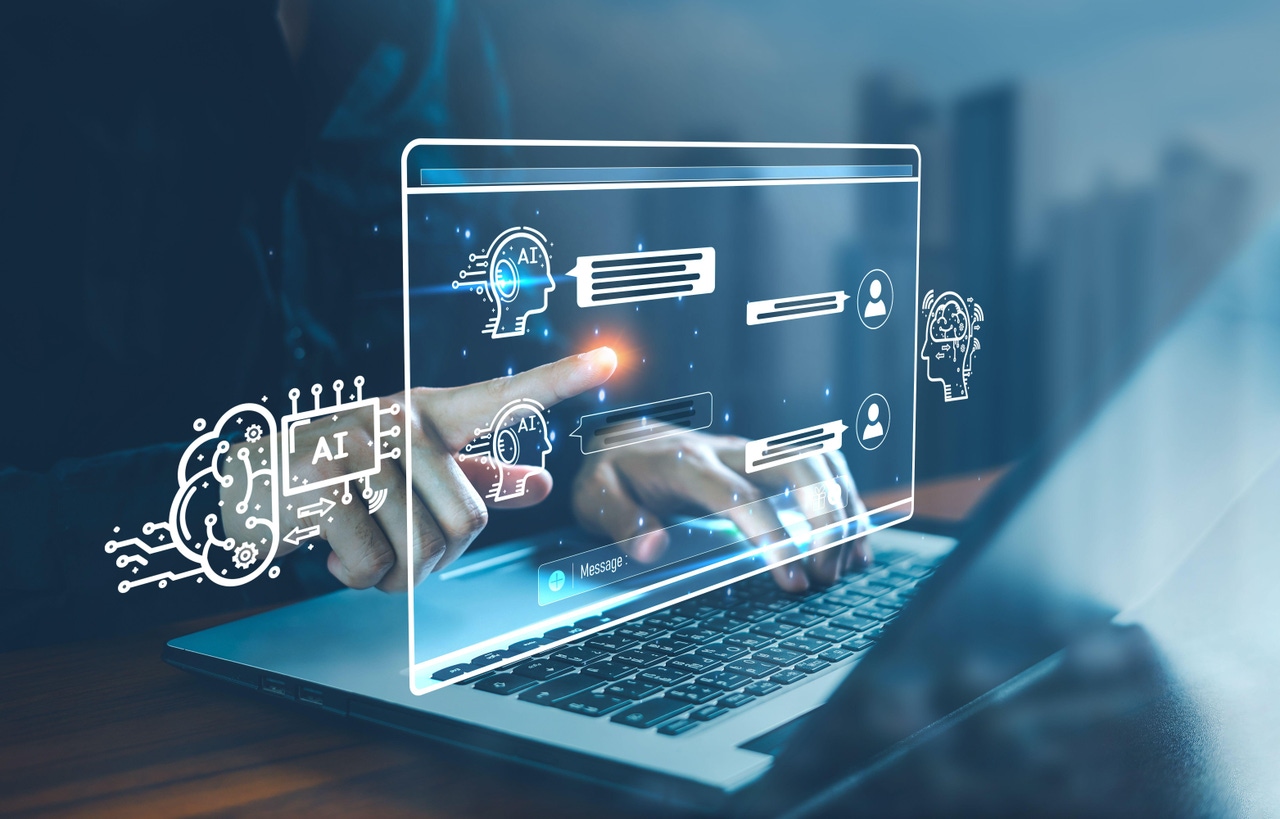Domain-specific GenAI is Coming to a Network Near YouDomain-specific GenAI is Coming to a Network Near You
GenAI will have an impact on how we operate networking, security, and application delivery. They won’t be specifically trained for your operations unless your enterprise architecture looks exactly like every other enterprise architecture.
October 18, 2024

When Generative AI (GenAI) burst onto the scene, I watched for a few months and saw a familiar cycle. It was the same hype that drove cloud to heights before unknown. And in that cycle were patterns; patterns, it turns out that are not unique to a technology but rather applicable to the general innovation cycle.
So, it seems elementary to apply those cycles to AI and come up with model specialization as the second wave of generative AI. That’s based on the evolution of SaaS from general software hosting to specific business functions, from cloud as cheap compute to ecosystems of services, and on hardware from general purpose (CPU) to specific computing (GPU) need.
AI and GenAI are on the fast track
The biggest difference between AI and the cloud cycle is that AI is moving much faster. This can largely be attributed to the open-source model of development and the adoption of that model by enterprises at large. We already have so many derivative models that most of us can’t keep up. We’re left to track based on broad categories that are increasingly coupled to business function.
This was already evident earlier this year when we dug into AI adoption in one of our deep-dive surveys of the market. Organizations were already employing an average of 2.9 different models, inclusive of open-source and proprietary models. Upon deeper analysis, the reasons became clear: organizations were already self-selecting models based on domain. That is, on the business and operational function they served.
For example, while nearly one-third (32%) of organizations turned to Microsoft to implement AI-driven workflow automation, two-thirds (67%) used Mistral to drive security operations. And a staggering 92% relied on open-source models for content creation.
But these were not necessarily domain specific. They were simply different deployment models for generic generative AI with different capacities and parameters.
Specialized GenAI is here
Now, we're seeing domain-specific models crop up. These are specialized models that focus on some industry or incorporate domain best practices that can be centrally trained and then deployed and fine-tuned by organizations. They are built on specific knowledge sets rather than the generalized corpus of information on which conversational AI is trained.
For example:
Med-PaLM 2 – Med-PaLM 2 focuses on medical knowledge, assisting with clinical data analysis, medical Q&A, and healthcare-related insights.
BloombergGPT – This model has been trained on a vast corpus of financial data, enabling it to assist with tasks like financial analysis, summarizing market trends, and generating financial reports.
SemiKong – Aimed at the semiconductor industry, this is an open-source LLM specifically trained on semiconductor-related content. It supports tasks like technical document summarization, semiconductor design assistance, and complex query handling within this specialized field.
By adopting domain-specific generative AI, companies can achieve more accurate and relevant outcomes, reducing the risks associated with general-purpose models. This approach not only enhances productivity but also aligns AI capabilities with specific business needs.
GenAI and networking
The question now is whether this specialization can be applied to domains like networking, security, and application delivery.
Yes, but no. The truth is that predictive (classic) AI is going to change these technical domains forever. But it will do so from the inside-out; that is, predictive AI will deliver real-time analysis of traffic that enables an operational AI to act. That may well be generative AI if we are including agentic AI in that broad category.
But GenAI will have an impact on how we operate networking, security, and application delivery. They won’t be specifically trained for your operations unless your enterprise architecture looks exactly like every other enterprise architecture.
Yeah, I didn’t think so.
But we will see operational GenAI models trained to interact with a broad set of network, security, and application delivery infrastructure via their APIs. We’ll see models that can generate correct configurations and policies based on information they receive from predictive AI and humans. We’ll see generative AI able to deploy those configurations and policies. It may even be able to suggest architectures based on best practices and an understanding of traffic flows in your architecture.
Domain-specific GenAI models are coming to a network near you. And for the 95% of professionals frustrated by the complexity of modern operations, that's a good thing.
About the Author
You May Also Like




